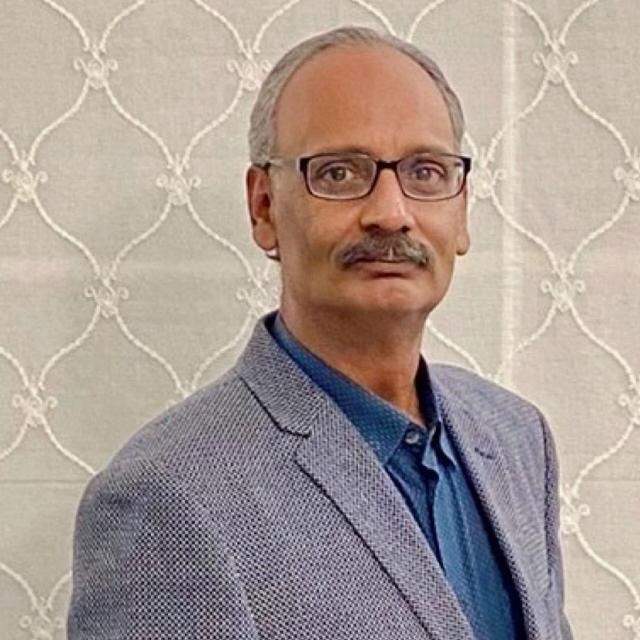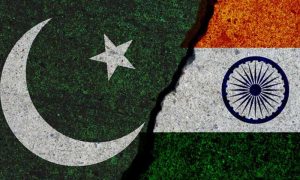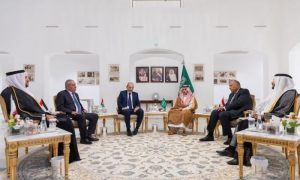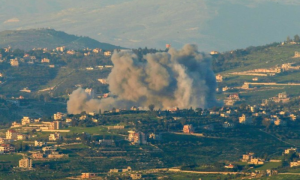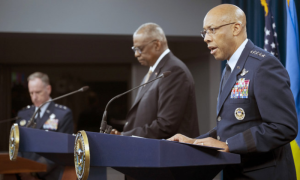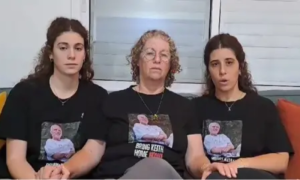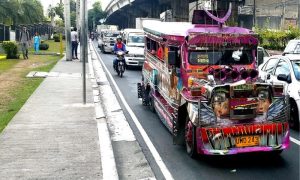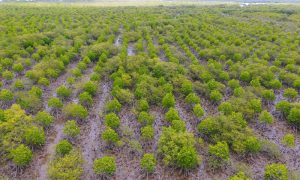Electioneering fervor has swept across Pakistan in anticipation of an important national vote scheduled for February 8, 2024.
This election is poised to become one of the most polarized battles in the country’s 75-year political history, reflecting deep divisions on a spectrum of issues from political ideology to concerns about the electoral process.
The main contenders in this electoral showdown are the three prominent political parties: the Pakistan Muslim League-Nawaz (PML-N), the Pakistan People’s Party (PPP), and independent candidates supported by the Pakistan Tehreek-e-Insaf (PTI). Led by three-time Prime Minister Nawaz Sharif, PML-N is considered the frontrunner, closely followed by the PPP. The PTI, despite facing challenges due to a legal dispute over its traditional cricket bat symbol, has adapted by fielding candidates as independents.
According to the Election Commission of Pakistan (ECP), the overall count for the candidates competing for general seats in the National Assembly stands at 5,121. Among these contenders, 4,806 are men, 312 are women, and two are transgender individuals, underlining a commendable effort towards diverse representation in the democratic process.
Turning attention to the provincial assemblies, the data indicates that 6,710 candidates will vie for seats in the Punjab Assembly, with 2,878 candidates for the Sindh Assembly, 1,834 candidates, including two transgenders, for the Khyber-Pakhtunkhwa Assembly, and 1,273 candidates for the Balochistan Assembly.
Karachi, being the financial hub of the country, has endured the repercussions of violent politics for an extended period. The 2013 “Karachi Operation” against criminal, religious, and political violence, led by the Sindh Rangers, sought to address issues such as targeted killings, kidnappings, extortion, and terrorism. This operation gained momentum as part of the wider national counterterrorism efforts following the terrorist attack on the Army Public School in Peshawar.
Like always, this time too, the elections in Sindh have marked a significant moment in the province’s political landscape. With a diverse array of candidates vying for positions in key cities like Karachi and Hyderabad, the electoral landscape was primed for change. The Election Commission meticulously vetted and approved candidates, presenting voters with a rich array of options that mirrored the diverse political ideologies within the province.
Sindh has been a stronghold for various political dynasties, including the Makhdooms, Syeds, Arbabs, Shirazis, and Mahars. These influential families consistently control the political landscape, prompting major political parties to seek their support through electoral tickets; thereby, strengthening their positions in the power structure. In lower Sindh, excluding Karachi and Hyderabad, the upcoming elections are anticipated to primarily feature a competition between the PPP and other contenders.
PPP Chairman Bilawal Bhutto-Zardari has taken proactive steps by launching an intensive election campaign across Sindh, initiating from Sanghar, and concluding in Larkana on February 6, with the aim of securing a fourth term in the provincial office. As the polls approach and election activities reach their peak, the PPP seems poised to maintain its dominance. However, seat adjustments indicate closely contested battles in various constituencies, especially with parties like the Grand Democratic Alliance (GDA) vying for success.
Aware of the stakes, all parties recognize that a defeat in their strongholds could pose challenges until the next elections. The PPP’s target is to secure 65 general seats to reach the required tally for reserved seats, totaling 85 seats needed to form a government. On the other hand, the GDA, backed by new electable, is determined to reclaim lost territories from 2018 or expand its influence further. In a strategic move, the PPP has maintained alliances with significant political families in Sindh by allocating party tickets to them, aiming to balance the electoral equation in their favor.
Meanwhile, political parties played a major role in shaping the narrative of the elections, strategically positioning themselves to capture the electorate’s attention. The manifestos, campaign strategies, and party positions painted a vivid picture of the varying visions each group had for the future of Sindh.
Looking ahead Karachi’s politics and the political security of stakeholders will hinge on various developments. Sindh’s political landscape is characterized by sharp urban-rural and socioeconomic divides, with ethnic, nationalist, and separatist elements playing a role, all focused on ensuring that Sindh’s interests are well-represented at the federal level.
However, the elections in Sindh will serve as a testament to the robust democratic process in the province. The outcomes reflect the diverse voices and choices of the electorate, setting the stage for a new chapter in Sindh’s political history. As the elected representatives assume their roles, the implications of this electoral exercise will undoubtedly resonate throughout the region, shaping the political trajectory of Pakistan in the years to come.









